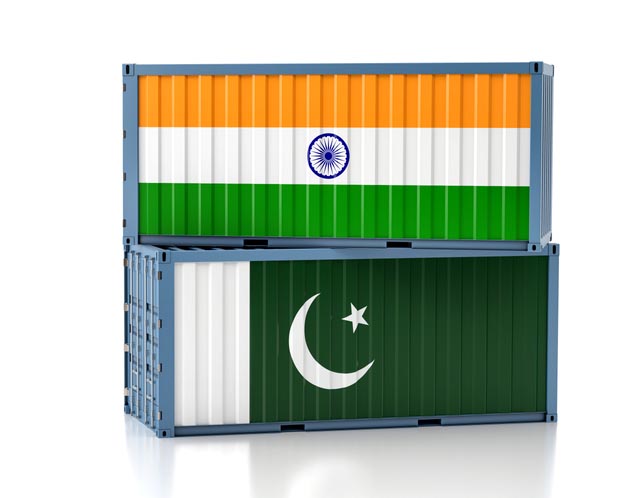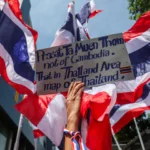
The long-standing tensions between India and Pakistan have claimed an unexpected economic casualty: Himalayan pink salt. Following the April 2025 Kashmir attack that killed 26 people, India has imposed a comprehensive ban on all Pakistani imports — including those routed through third countries.
This ban has significantly impacted the cross-border trade in pink salt, a product widely used in Indian households and spas, and mined exclusively from Pakistan’s iconic Khewra Salt Mine.
Decades of Salt Trade Disrupted Overnight
For over 30 years, traders like Vipan Kumar from Amritsar have imported pink salt in bulk. “We sold 2,000 to 2,500 tonnes per quarter,” Kumar told Al Jazeera. “But now, the business is frozen.”
The salt, which contains trace minerals like iron giving it its iconic pink hue, is popular during Hindu fasts, as it’s classified as non-marine and spiritually pure.
What Is Himalayan Pink Salt?
Originating from the Khewra Salt Mine in Punjab, Pakistan, this pink rock salt is one of the purest forms of salt globally. The mine holds an estimated 82 million metric tonnes in reserves and exports about 0.36 million tonnes annually, with nearly 30% earmarked for edible use and wellness products.

Discover the health benefits of Himalayan pink salt here.
Kashmir Attack Triggers Trade Freeze
The import ban came after gunmen killed 26 Indian tourists in Pahalgam in April 2025. The Indian government responded swiftly by halting all trade with Pakistan, including imports routed through neutral hubs like Dubai.
The action, paired with a four-day exchange of drone and missile strikes, nearly escalated into a full-blown war before both sides agreed to a fragile ceasefire on May 10, 2025. However, the trade restrictions remain in force.
Salt Prices Soar in Indian Markets
The impact on the Indian market has been immediate. Gurveen Singh, a salt trader in Amritsar, reported a 30% price surge. “Retail prices jumped from ₹45–₹50 per kg to ₹60–₹80 per kg in just a few weeks,” he said.
Eastern cities like Kolkata are facing even steeper hikes due to transportation costs. “Demand is still strong,” said Sanjay Agarwal, a salt importer. “But if the ban continues, a serious shortage is inevitable.”
Indian Traders Demand Alternatives
With the situation tense, many Indian traders are urging the government to explore alternative sources. “The government should look to countries like Iran or Afghanistan,” said Kolkata-based trader Dinobondhu Mukherjee.
Pakistan’s Salt Exporters Welcome Ban
Interestingly, some Pakistani exporters view the ban as a chance to reset global branding. “Indian traders often repack and rebrand Pakistani salt as Indian to resell globally,” said Faizan Panjwani of RM Salt, Karachi. “This ban removes our biggest undercutter.”
Pakistan plans to focus on exporting finished, value-added pink salt products directly to international markets without Indian middlemen.
Salt Lamp Industry Also Hit
Another unusual casualty of the ban is the salt lamp industry. Used for decor and marketed as air purifiers, salt lamps rely on large chunks of Khewra rock salt. “With imports banned, prices will surge again,” said Deep, founder of Global Aroma.
India-Pakistan Trade in Perspective

According to India’s Ministry of Commerce, bilateral trade is already at a historic low. From April 2024 to January 2025, Indian exports to Pakistan were valued at $447.7 million, while Pakistani exports to India stood at just $420,000 — a sharp decline from 2018 levels before the 2019 Pulwama attack.
That same year, India imposed a 200% import duty on Pakistani goods, including pink salt, pushing the price up from ₹3.50/kg to ₹24.50/kg. However, the demand remained robust — until now.
Conclusion: Salt in the Wound of Diplomacy
The Himalayan pink salt trade is more than a culinary trend — it’s a symbol of soft diplomacy between nuclear-armed neighbors. As relations sour, consumers and businesses alike face the fallout.
Unless a new trade route or diplomatic thaw emerges, this seemingly small commodity may become the latest casualty in a long and bitter conflict.
Read the full history of India-Pakistan trade relations here.









